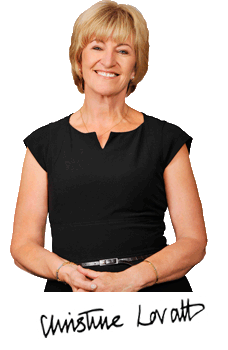

Australia, New Zealand and Britain are among the highest producers of sheep meat. Sheep farming goes back to around 10,000 BC, when wild mouflon were domesticated in ancient Mesopotamia (now Iraq). The Bible tells us that wealth was measured in flocks. The king of Israel taxed his subjects according to the number of rams they owned.
In 1193, when Richard the Lionheart was held hostage by the Saracens during the Crusades, his ransom demanded was 50,000 sacks of wool. You may come across some of these sheep-farming terms in our crosswords:
A ewe or dam is a female sheep and the male is a ram or tup. A wether is a castrated male sheep. A yearling is a sheep between one and two years of age. A hogget is a yearling sheep that has not yet been shorn. Other sheep-farming words we use are shearling, gimmer, teg or theave.Mutton is the term for meat from a sheep older than 12 months. Younger than that, it’s called lamb. Raddle is the coloured pigment used to mark sheep.
Shearing or clipping is done by skilled shearers. A sheep may be said to be sheared or shorn, depending on the dialect. A jumbuck is an Australian term for sheep, which we hear in Banjo Paterson’s song, Waltzing Matilda. A bellwether is an experienced wether, which has a bell around its neck to lead the flock.
To look sheepish means to look awkward and shy, and to make sheep’s eyes is to look amorously at someone. Black wool was considered commercially undesirable because it could not be dyed. So in human terms, the black sheep of the family has become the ne’er-do-well who brings disgrace on the family.
I remember hearing a story a few years ago about a flock of white sheep in Hertfordshire that were all sired by a white one-year old ram, and yet all sixty lambs born to that flock were black. I wonder if they all behaved disgracefully?
Happy Puzzling!

